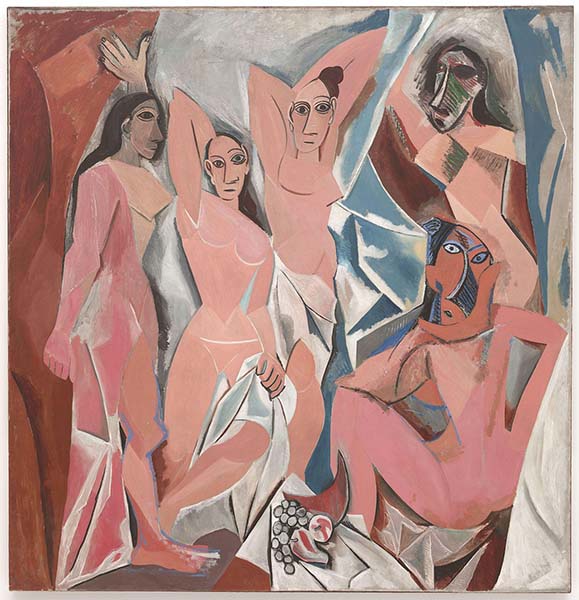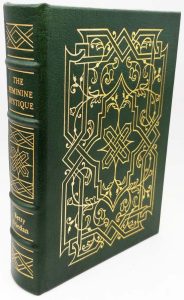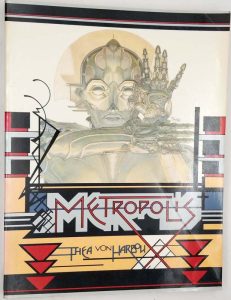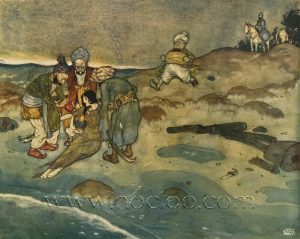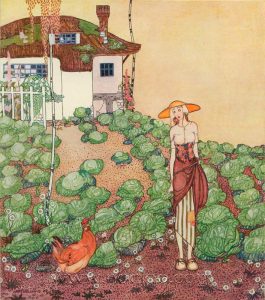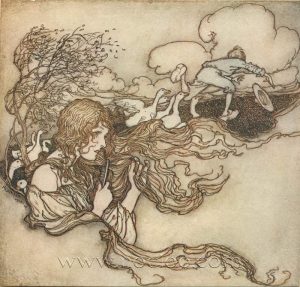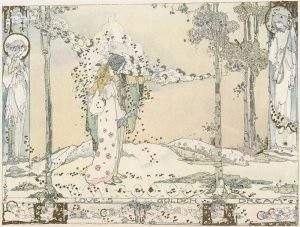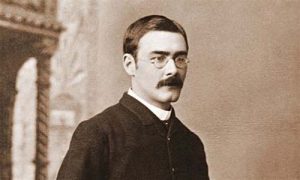Pablo Picasso [1906-1907] - Buste de femme [art, paintings]
Pablo Picasso [1906-1907] - Deux femmes nues [art, paintings]
Pablo Picasso [1907] - Autoportrait [art, paintings]
Pablo Picasso [1907] - Buste de femme (etude pour Les Demoiselles d'Avinyo) [art, paintings]
Pablo Picasso [1907] - Buste de femme a la grande oreille [art, paintings]
Pablo Picasso [1907] - Buste de femme ou de marin [art, paintings]
Pablo Picasso [1907] - Buste de femme1 [art, paintings]
Pablo Picasso [1907] - Buste de femme2 [art, paintings]
Pablo Picasso [1907] - Buste de femme3 [art, paintings]
Pablo Picasso [1907] - Buste de marin [art, paintings]
Pablo Picasso [1907] - Cinq femmes [art, paintings]
Pablo Picasso [1907] - Cinq femmes2 [art, paintings]
Pablo Picasso [1907] - Compotier [art, paintings]
Pablo Picasso [1907] - Cruche, bol et citron [art, paintings]
Pablo Picasso [1907] - Demoiselle d'Avinyo [art, paintings]
Pablo Picasso [1907] - Deux Femmes assises [art, paintings]
Pablo Picasso [1907] - Etude pour la nature morte - Fleurs [art, paintings]
Pablo Picasso [1907] - Etude pour la nature morte (fruits dans une coupe) [art, paintings]
Pablo Picasso [1907] - Etude pour la nature morte (tranches de pasteque sur un plat) [art, paintings]
Pablo Picasso [1907] - Femme au corsage jaune [art, paintings]
Pablo Picasso [1907] - Femme aux mains jointes [art, paintings]
Pablo Picasso [1907] - Femme nue [etude] [art, paintings]
Pablo Picasso [1907] - Femme nue de face [art, paintings]
Pablo Picasso [1907] - Femme nue de trois quarts dos [art, paintings]
Pablo Picasso [1907] - Femme nue en pied [art, paintings]
Pablo Picasso [1907] - Femme-Totem [art, paintings]
Pablo Picasso [1907] - Feuillage [art, paintings]
Pablo Picasso [1907] - Fleurs exotiques (Bouquet dans un vase) [art, paintings]
Pablo Picasso [1907] - Fleurs sur une table [art, paintings]
Pablo Picasso [1907] - Grande danseuse d'Avinyo [art, paintings]
Pablo Picasso [1907] - Homme nu aux mains croisees [art, paintings]
Pablo Picasso [1907] - Jeune garcon nu (Nu aux bras leves) [art, paintings]
Pablo Picasso [1907] - L Amitie [art, paintings]
Pablo Picasso [1907] - La danse aux voiles (Nu a la draperie) [art, paintings]
Pablo Picasso [1907] - Les Citrons [art, paintings]
Pablo Picasso [1907] - Les demoiselles d' - Etude d'ensemble a sept personnages cinq demoiselles, l'etudiant en medecine et la marin [art, paintings]
Pablo Picasso [1907] - Les Demoiselles D'avignon - Esquisse Pour [art, paintings]
Pablo Picasso [1907] - Les demoiselles d'Avignon [etude] [art, paintings]
Pablo Picasso [1907] - Les demoiselles d'Avignon [etude]2 [art, paintings]
Pablo Picasso [1907] - Les demoiselles d'Avignon 2 [art, paintings]
Pablo Picasso [1907] - Les Demoiselles d'Avignon [art, paintings]
Pablo Picasso [1907] - Les Demoiselles d'Avinyo [etude]3 [art, paintings]
Pablo Picasso [1907] - Marin roulant une cigarette [art, paintings]
Pablo Picasso [1907] - Masque negre [art, paintings]
Pablo Picasso [1907] - Mere et enfant [art, paintings]
Pablo Picasso [1907] - Nu a la draperie (etude pour 'La grande danseuse') [art, paintings]
Pablo Picasso [1907] - Nu a la draperie [etude tete de femme] [art, paintings]
Pablo Picasso [1907] - Nu a la draperie [etude] [art, paintings]
Pablo Picasso [1907] - Nu a la serviette [etude] [art, paintings]
Pablo Picasso [1907] - Nu a la serviette [art, paintings]
Pablo Picasso [1907] - Nu assis2 [art, paintings]
Pablo Picasso [1907] - Nu buste [art, paintings]
Pablo Picasso [1907] - Nu couche [art, paintings]
Pablo Picasso [1907] - Nu de dos aux bras leves (etude pour Les Demoiselles d'Avinyo) [art, paintings]
Pablo Picasso [1907] - nu de face aux bras leves [art, paintings]
Pablo Picasso [1907] - Nu debout de profil [art, paintings]
Pablo Picasso [1907] - Nu debout, Trois femmes [etude] [art, paintings]
Pablo Picasso [1907] - Nu jaune [art, paintings]
Pablo Picasso [1907] - Paysage L'arbre [art, paintings]
Pablo Picasso [1907] - Petit nu assis [Femme assise] [art, paintings]
Pablo Picasso [1907] - Petit nu de dos aux bras leves [art, paintings]
Pablo Picasso [1907] - Portrait de Max Jacob [art, paintings]
Pablo Picasso [1907] - Pots et citron [art, paintings]
Pablo Picasso [1907] - Tete d'etudiant medical [art, paintings]
Pablo Picasso [1907] - Tete d'homme [art, paintings]
Pablo Picasso [1907] - Tete d'homme2 [art, paintings]
Pablo Picasso [1907] - Tete d'homme3 [art, paintings]
Pablo Picasso [1907] - Tete de femme [art, paintings]
Pablo Picasso [1907] - Tete de Raymonde [art, paintings]
Pablo Picasso [1907] - Trois femmes [etude] [art, paintings]
Pablo Picasso [1907] - Trois femmes sous un arbre [art, paintings]
Pablo Picasso [1908] - Baignade [art, paintings]
Pablo Picasso [1908] - Baigneuse [art, paintings]
Pablo Picasso [1908] - Bol vert et bouteille noire [art, paintings]
Pablo Picasso [1908] - Bols et cruche [art, paintings]
Pablo Picasso [1908] - Buste de femme accoudee ('Femme dormant') [art, paintings]
Pablo Picasso [1908] - Buste de femme [art, paintings]
Pablo Picasso [1908] - Buste de femme2 [art, paintings]
Pablo Picasso [1908] - Buste de la fermiere [art, paintings]
Pablo Picasso [1908] - Carafe et gobelets [art, paintings]
Pablo Picasso [1908] - Carnaval au bistrot [etude] [art, paintings]
Pablo Picasso [1908] - Cinq femmes (Baigneuses dans la foret) [art, paintings]
Pablo Picasso [1908] - Composition avec tete de mort [art, paintings]
Pablo Picasso [1908] - Compotier aux poires et pommes [art, paintings]
Pablo Picasso [1908] - Compotier et fruits [art, paintings]
Pablo Picasso [1908] - Compotiers, fruits et verre [art, paintings]
Pablo Picasso [1908] - Deux femmes [art, paintings]
Pablo Picasso [1908] - Femme a l'eventail (Apres le bal) [art, paintings]
Pablo Picasso [1908] - Femme assise2 [art, paintings]
Pablo Picasso [1908] - Femme debout se tenant la hanche [Femme nue debout tournee vers la droite] [art, paintings]
Pablo Picasso [1908] - Femme nue assise [art, paintings]
Pablo Picasso [1908] - Femme nue au bord de la mer (Baigneuse) [art, paintings]
Pablo Picasso [1908] - Femme nue de profil [art, paintings]
Pablo Picasso [1908] - Femme nue debout [art, paintings]
Pablo Picasso [1908] - Fermiere [art, paintings]
Pablo Picasso [1908] - Fleurs dans une cruche grise et verre de vin avec cuiller [art, paintings]
Pablo Picasso [1908] - Homme assis [art, paintings]
Pablo Picasso [1908] - Homme nu assis [art, paintings]
Pablo Picasso [1908] - L'Offrande [art, paintings]
Pablo Picasso [1908] - Maison dans le jardin [art, paintings]
Pablo Picasso [1908] - Maisonette dans un jardin [art, paintings]
Pablo Picasso [1908] - Nature morte au bouquet de fleurs [art, paintings]
Pablo Picasso [1908] - Nature morte au vase et a l'etoffe verte [art, paintings]
Pablo Picasso [1908] - Nature morte aux oignons [art, paintings]
Pablo Picasso [1908] - Nu aux bras leves de profil [art, paintings]
Pablo Picasso [1908] - Nu Callypige [art, paintings]
Pablo Picasso [1908] - Nu couche avec personnages [art, paintings]
Pablo Picasso [1908] - Nu couche [art, paintings]
Pablo Picasso [1908] - Nu couche2 [art, paintings]
Pablo Picasso [1908] - Nu dans la foret [art, paintings]
Pablo Picasso [1908] - Nu debout de face [art, paintings]
Pablo Picasso [1908] - Nu debout [art, paintings]
Pablo Picasso [1908] - Nu debout2 [art, paintings]
Pablo Picasso [1908] - Nue couche avec personnages [Incomplet] [art, paintings]
Pablo Picasso [1908] - Odalisque (Ingres) [art, paintings]
Pablo Picasso [1908] - Paysage aux deux figures2 [art, paintings]
Pablo Picasso [1908] - Paysage, coucher de soleil [art, paintings]
Pablo Picasso [1908] - Paysage2 [art, paintings]
Pablo Picasso [1908] - Paysage4 [art, paintings]
Pablo Picasso [1908] - Paysage5 [art, paintings]
Pablo Picasso [1908] - Plateau de fruits [art, paintings]
Pablo Picasso [1908] - Poires et pommes [art, paintings]
Pablo Picasso [1908] - Poissons et bouteilles [art, paintings]
Pablo Picasso [1908] - Pot de fleurs [art, paintings]
Pablo Picasso [1908] - Tete d'homme [art, paintings]
Pablo Picasso [1908] - Tete d'homme2 [art, paintings]
Pablo Picasso [1908] - Tete de femme [art, paintings]
Pablo Picasso [1908] - Tete [art, paintings]
Pablo Picasso [1908] - The Dryad [art, paintings]
Pablo Picasso [1908] - Trois femmes (version rythmee) [art, paintings]
Pablo Picasso [1908] - Trois femmes detail [art, paintings]
Pablo Picasso [1908] - Trois femmes [art, paintings]
Pablo Picasso [1908] - Vase de fleurs, verre de vin, et cuillere [art, paintings]
Pablo Picasso [1908] - Verre et fruits [art, paintings]
Pablo Picasso [1908] - Verre, pot et livre [art, paintings]
